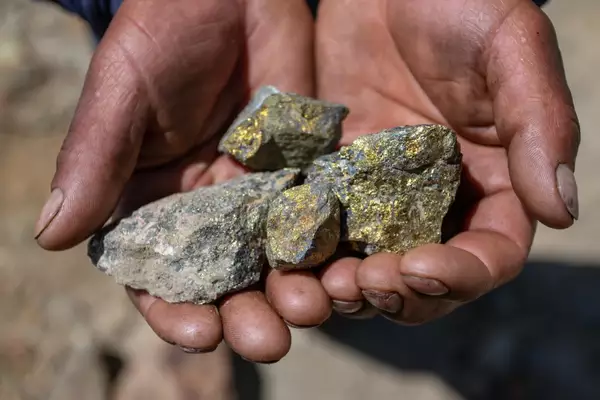Report on Critical Energy Transition Minerals highlights a pivotal release by a UN-convened expert panel aimed at guiding a fair and sustainable global transition to renewable energy.
- The report highlights the urgency of addressing inequalities and environmental challenges associated with the surge in demand for critical minerals essential for clean energy technologies.
Key Recommendations from the UN Report
Guiding Principles for Critical Energy Transition Minerals (CETMs):
- Fairness & Transparency: Ensure that the value chain from mining to recycling is managed with integrity and openness.
- Investment in Sustainability: Promote investments that enhance environmental and social sustainability throughout the mineral value chain.
- Human Rights Protections: Implement safeguards to protect workers’ rights and local communities affected by mining activities.
- Economic Diversification: Encourage economic growth beyond mining to avoid over-dependence on resource extraction.
- Global Cooperation: Foster international collaboration to address shared challenges and ensure equitable benefits.
- Long-Term Planning: Develop strategies to manage the lifecycle of minerals, from extraction to end-of-life recycling.
Actionable Recommendations:
- Establishment of High-Level Expert Advisory Group: Create a body to enhance benefit-sharing, value addition, and economic diversification within CETMs value chains.
- Global Traceability Framework: Develop a system for tracking and ensuring accountability across the entire mineral value chain, from extraction to recycling.
- Global Mining Legacy Fund: Set up a fund to address issues related to abandoned mines and support financial mechanisms for mine closure and rehabilitation.
- Empowerment of Artisanal and Small-Scale Miners: Initiate programs to support responsible mining practices and improve conditions for small-scale miners.
- Material Efficiency and Circularity Targets: Set targets to improve the efficiency and sustainability of mineral use throughout their lifecycle.
Importance of the Guidelines
- Equitable Transition: The recommendations are designed to ensure that the energy transition does not exacerbate existing inequalities, particularly in developing countries rich in resources.
- Avoiding Past Mistakes: The guidelines aim to prevent the repetition of historical exploitation and environmental damage associated with resource extraction.
- Supporting Global Prosperity: The UN emphasizes that these principles and recommendations are crucial for fostering global economic growth while addressing climate change.
Guiding principles on critical energy transition minerals:
Ref: Source
| UPSC IAS Preparation Resources | |
| Current Affairs Analysis | Topperspedia |
| GS Shots | Simply Explained |
| Daily Flash Cards | Daily Quiz |
Frequently Asked Question:
What are critical energy transition minerals (CETMs)?
CETMs are essential minerals used in clean energy technologies, like solar panels and batteries.
What is the importance of the UN report on energy transition minerals?
It provides guidelines for fair and sustainable management of minerals crucial for the global shift to renewable energy.
What is the Global Mining Legacy Fund?
The fund addresses issues related to abandoned mines and supports financial mechanisms for mine closure and rehabilitation.
Why is global cooperation important in managing CETMs?
International collaboration ensures that challenges and benefits of mineral extraction are shared equitably.
What are the key principles highlighted in the UN report for CETMs?
They include fairness, transparency, human rights protection, sustainability, and long-term planning.




